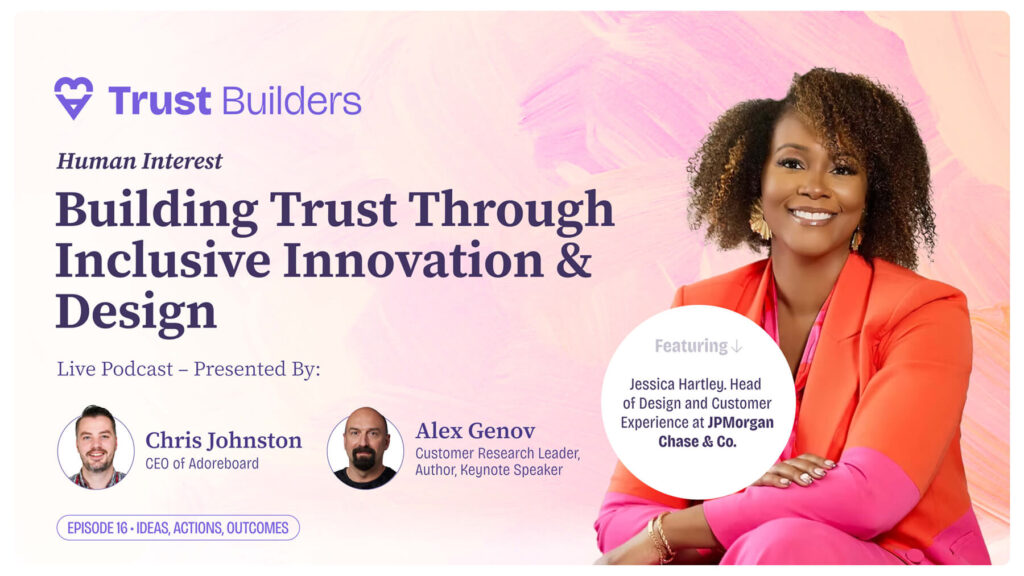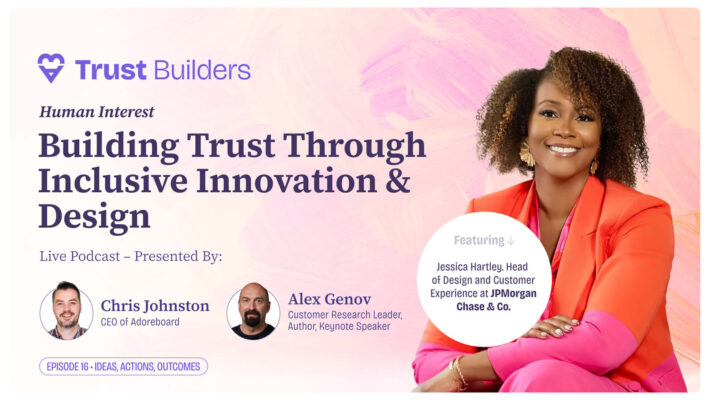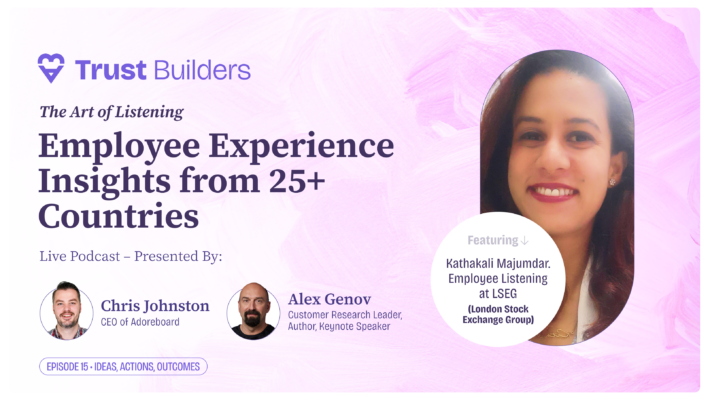We hosted a webinar to discuss how to measure customer experience by going beyond NPS. Our webinar included our very own CEO Chris Johnston and special guest speaker James Dodkins, Principal Consultant at BP Group, international speaker and all round customer experience expert.
We know you are busy and might not have had the time to listen to our webinar live so you can access a recording here or simply read on for a short summary of key points discussed.
What is the Net Promoter Score?
NPS is a metric which measures the likelihood of customers recommending a company or product to someone else. Essentially, it is a loyalty gauge, which asks a simple question to arrive at this important insight:
“How likely is it that you would recommend [brand or company] to a friend or colleague?”

Answers for this question are most commonly based on a scale ranging from 0 (i.e. no willingness to recommend) to 10 (i.e. extreme willingness to recommend). This scale then classifies respondents into several groups. Those who scored 9 or 10 are called ‘Promoters’, while those who scored 0-6 are called ‘Detractors’.
An NPS score is calculated by subtracting the percentage of Detractor respondents from the percentage of Promoter respondents.
Criticisms of NPS
However, there are a number of limitations to NPS.
- Open to Manipulation.
The NPS score is easy to manipulate, especially if bonuses/targets are tied to the score. For example, if an employee’s bonuses are determined by the company’s NPS score, then it could lead to situations where employees only give the survey to people they know had a good experience, and avoid those who they know had a bad experience. This type of behaviour draws the focus away from the actual customer experience and puts it on the score itself, and this process can only be harmful to the customer experience.
- Coercive.
The act of directly asking customers for feedback can be perceived as being coercive, particularly if they are asked a number of times. For instance, 59% of customers feel some level of frustration with the frequency of feedback requests across all products and services, while 43% of customers feel that they have been misled into giving better or higher feedback than they otherwise would have at some point.
- Impersonal.
The use of a single quantitative score to understand customer experience does not elicit context, explanations or specifics about emotions experienced. James Dodkins, CCO of BP Group, believes that this is an impersonal approach. He argues that “there is no quicker way to let your customers know that you actually don’t care about them than forcing them to distill complex emotions down to a number on a predetermined scale”. The act of gathering feedback would therefore be improved by allowing customers the capability to explain why they are satisfied/dissatisfied. Furthermore, 67% of customers would be most likely to be honest when they have a chance to explain why they are satisfied/dissatisfied.
- ‘What’, not ‘why’.
NPS provides a number describing customer experience, but tells you nothing about what you should do with that score. It is a descriptive measure, and offers little insight into what customers feel, expect or experience when interacting with a company. In other words, it offers some insight into ‘what’ customers broadly think about the company, but it does not provide any understanding as to ‘why’ they think that way.
Beyond NPS to Emotional Analysis
Emotional Analysis addresses these limitations. Adoreboard provides a deeper layer of analysis of the emotions and motivations experienced during the customer experience. If NPS answers what has happened, Adoreboard’s engine answers why. Emotional Analysis allows for the identification of which emotions are associated with customer experience, and which emotional themes drive the experience. This provides a more focused approach to improving customer experience by providing the specific details, experiences, and contexts that NPS misses. In other words, Emotion Analysis turns what customers feel into decision-ready insights.

Would you like more information? Download our e-book here!







